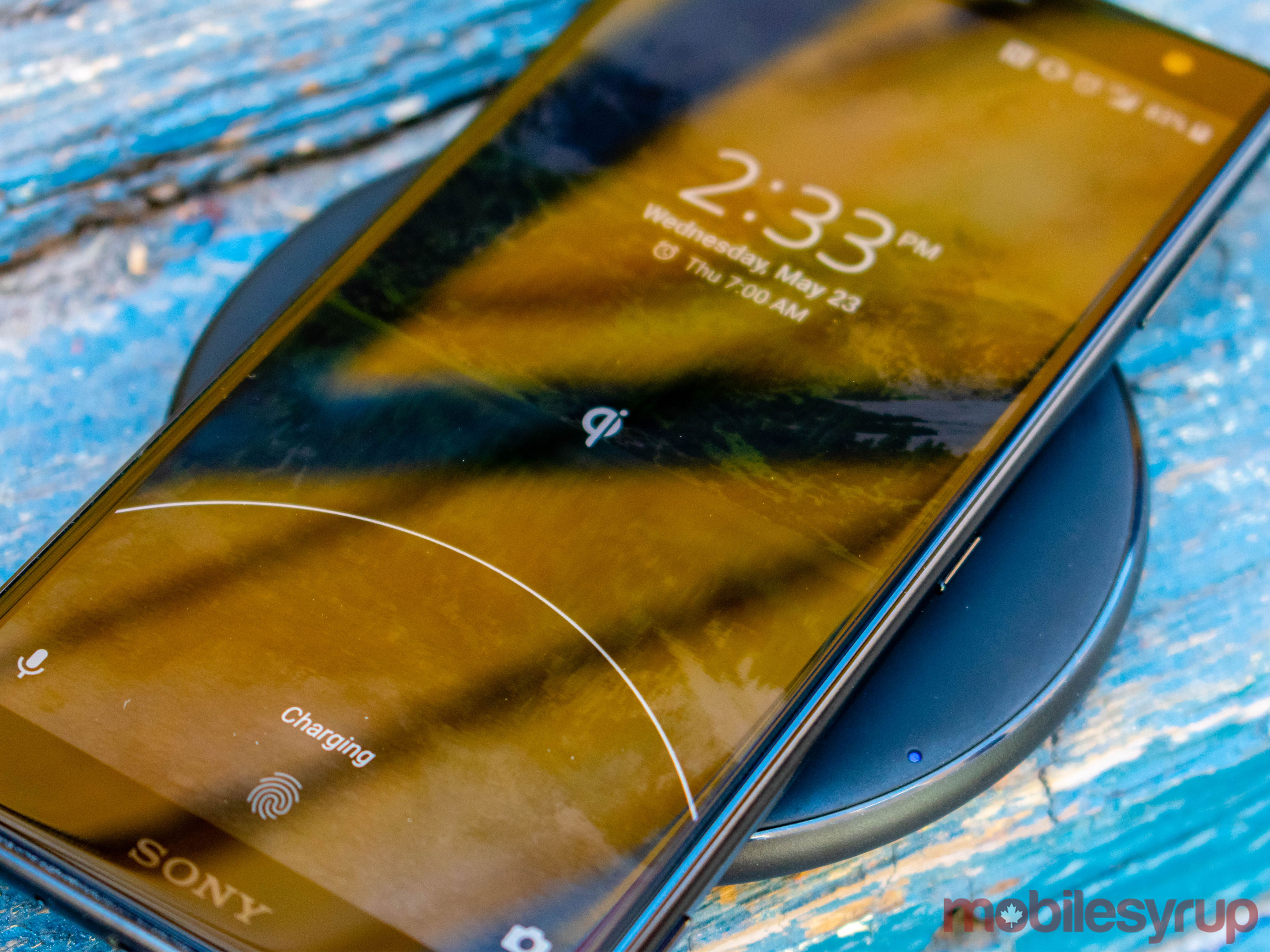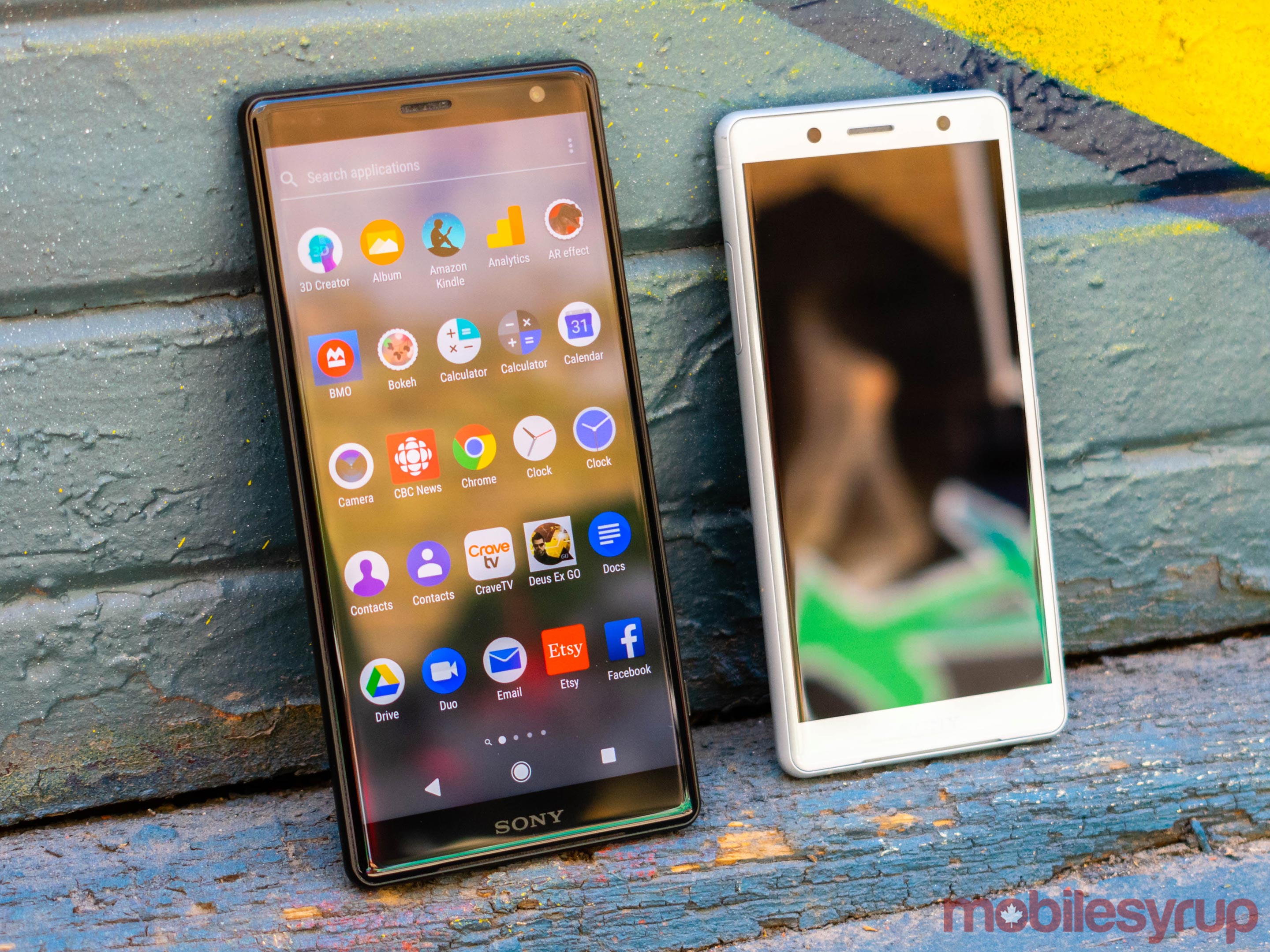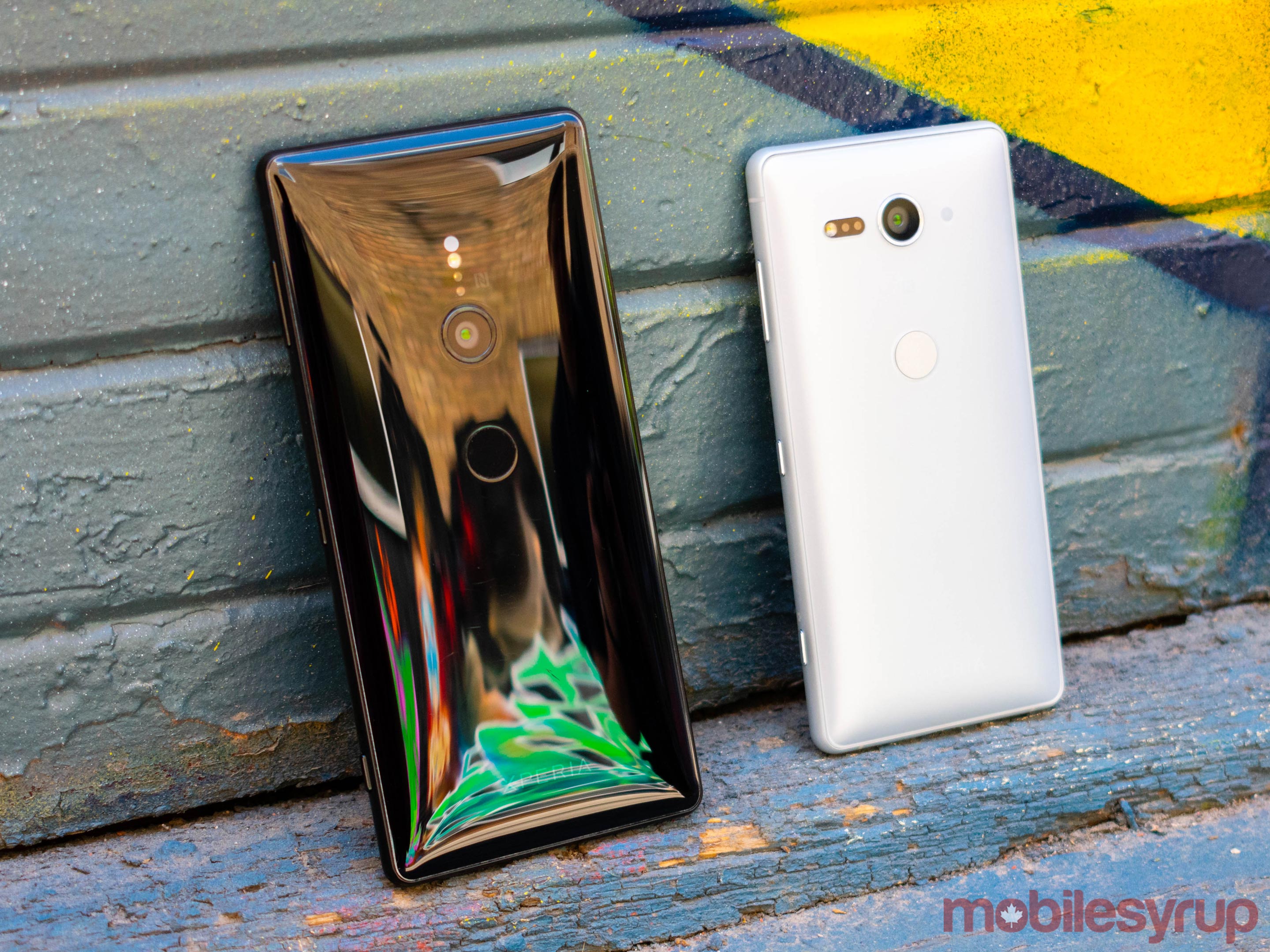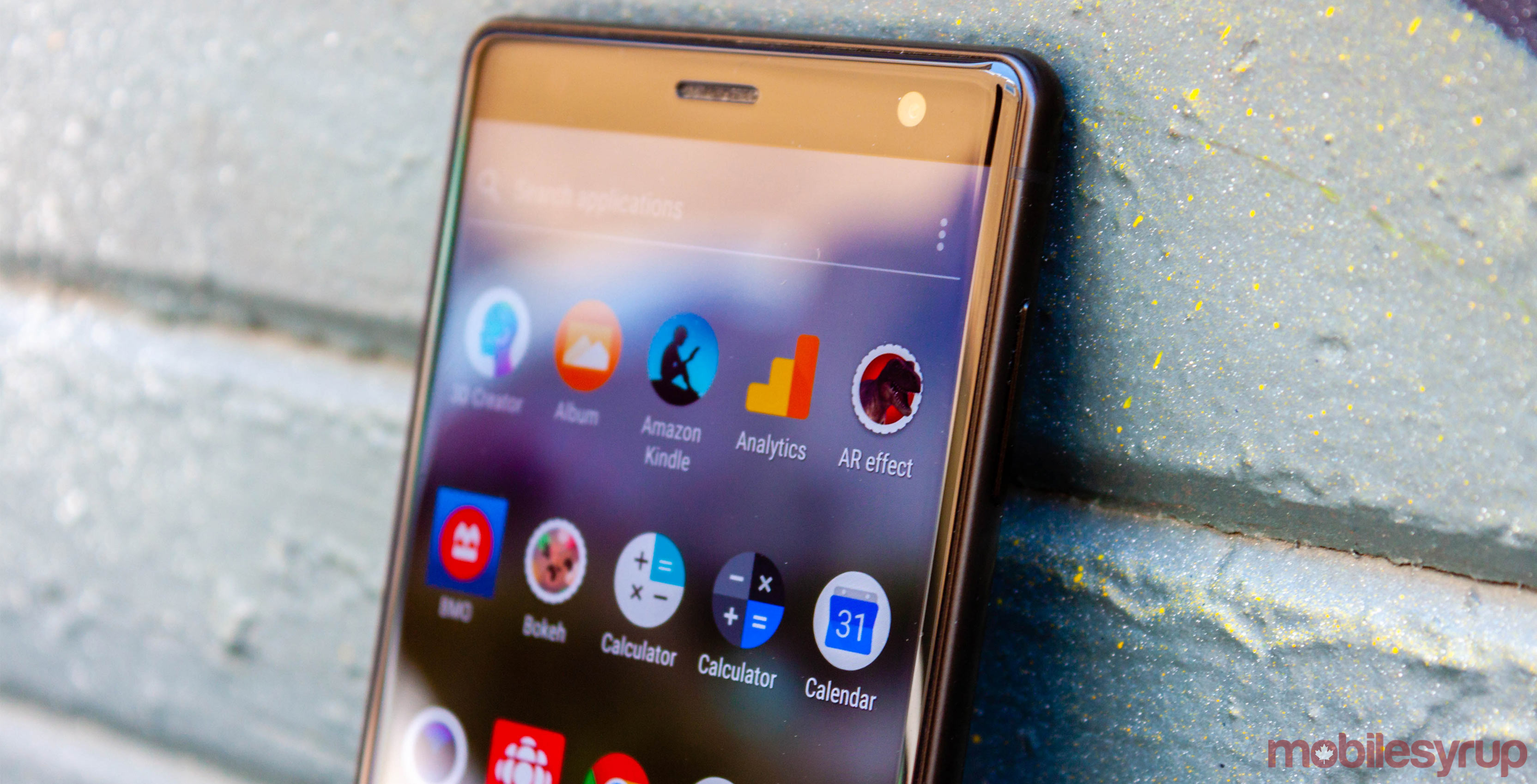
The Pros
- Big, beautiful screen
- Qi Wireless charging
- Admittedly impressive camera
The Cons
- Unnecessary pre-installed apps
- XZ2 faces stiff competition in the premium Android market
- Ambient Flow design is pretty, but confounding
After years of attempting to build a worthy premium-tier Android flagship smartphone, Japanese consumer electronics giant Sony has finally produced a winner with this year’s Xperia XZ2. The device is obscenely powerful, features a great screen, lasts through a full day of use and shoots photographs that are — while not necessarily equal to other premium handsets — able to compete with most of the other cameras on the smartphone market. Smartphone design in 2018 really only seems to come in two schools of thought. The Samsung Galaxy S9 and S9+ fall into the first camp: thin top and bottom bezels. The Huawei P20 and P20 Pro, the OnePlus 6 and the LG G7 ThinQ fall into the second camp: a screen with a top-notch and an incredibly slim bottom bezel. Unlike Huawei, OnePlus and LG’s 2018 flagships smartphones, Sony opted to follow in the footsteps of device manufacturers like Samsung, clinging to the old ways of offering bezels — albeit, incredibly thin ones. Those bezels flank the Xperia XZ2’s 5.7-inch, 1080 x 2160 pixel, 18:9 aspect ratio IPS LCD display, offering users a welcome alternative to unsightly notches and gigantic foreheads and chins. That being said, Sony’s decision to include bezels on its 2018 flagship smartphone isn’t a purely aesthetic choice. The company’s packed in a set of powerful S-Force Front Surround speakers, providing users with the opportunity to listen to music and watch videos in stereo. Not to needlessly praise the company’s design choice with the XZ2, but Sony really has created a smartphone that ticks all of my personal boxes. I consume quite a bit of multimedia content through my smartphone and I personally despise notches, so a smartphone that features stereo speakers as a concession for lingering, yet thin, top and bottom bezels is a decision that’s greatly appealing to me specifically. I’ve been hard on Sony smartphones in the past for refusing to adapt to more modern sensibilities, and it warms the heart to see that Sony’s learning from its past errors. Speaking of errors, the XZ2 features a Gorilla Glass 5 back that mercifully allows the phone to be charged through Qi wireless charging. Still, the phone’s glass and metal design is a fingerprint and dust magnet (as seen in some of these photos) and the device caught quite a few nicks and scrapes over the course of regular use. Also present is IP65/68 water and dust-resistance, which is always a welcome addition on any device. This wouldn’t be a review for a Sony smartphone, however, if I wasn’t forced to comment on the company’s odd design decisions. Like its smaller, compact counterpart, the Xperia XZ2 features Sony’s new ‘Ambient Flow’ design language. Unlike its smaller sibling, the Xperia XZ2 is a big smartphone whose curves transform the large device into an odd piece of technology to hold. I say odd, because the XZ2 isn’t uncomfortable or unwieldy; instead, it’s sometimes awkwardly large. Still, the device’s curves once again conform to the palm of one’s hands, allowing users to nimbly use their thumbs to reach most parts of the phone’s screen. To Sony’s credit, the XZ2 isn’t top or bottom-heavy, so there’s no concern about the phone toppling over during use. If there’s any one particular pain point with the XZ2’s overall design, it’s that the phone’s camera is in the spot where one’s finger naturally searches for a fingerprint sensor. During my first 30-or-so unlocks, I found myself inadvertently waiting for the camera to unlock my phone. I’m now used to the device’s placement of its rear-facing fingerprint sensor, but I still would prefer the sensor placed in the camera’s spot. I’d also like a 3.5mm headphone jack — which the XZ2 lacks — but at this point, it feels like I’m screaming my complaints into uncaring ears. Earlier I praised the XZ2’s stereo speakers and minimal bezels, but these design flourishes don’t really mean very much if the screen in question isn’t up to snuff. Thankfully, the XZ2 delivers with a screen that’s comfortably bright, enjoyably to view and earnestly capable of accurately recreating colours. Of course, the IPS LCD display isn’t exceptionally vivid, even though Sony has boasted about the TRILUMINOS display technology that the XZ2 appropriated from the company’s Bravia line of televisions. Still, compared to other phones with LCD displays — like the Essential Phone or the iPhone 8 — the XZ2’s screen is impressive simply because it’s able to compete with those two devices. The XZ2’s screen isn’t necessarily better than the Essential Phone’s or the iPhone 8’s, but it’s certainly able to hold its own. Fret not, users won’t be disappointed with the XZ2’s screen. However, when compared to devices with OLED displays — like the Huawei P20 Pro with its AMOLED display or the Galaxy S9’s/S9+’s Super AMOLED display — the XZ2’s screen is simply less vivid. The Xperia XZ2’s screen is also HDR-compliant, meaning that the phone turns compatible content into something beautiful. The XZ2 also features Sony’s X-Reality for mobile technology, which upscales content to near-HDR quality. In use, this meant that even YouTube videos appeared to be more colourful than usual, but the effect was especially noticeable in streaming apps without Full HD playback, like CraveTV. Shows with a number of darker scenes or scenes full of colour, like Game of Thrones, were easier to watch on the XZ2 than devices that didn’t automatically up-convert picture quality. I’m equally happy to report that phone’s audio capabilities are certainly more than capable as well. The XZ2’s physical S-Force Front Surround speakers produce loud, joyous sound; the Qualcomm aptX HD and DSEE HX audio connect to wired and wireless headphones alike; and Sony’s LDAC tech ensures that wireless headphones sound just as great as their wired counterparts. The XZ2 can also compete with other smartphones in terms of sheer processing power. The device is powered by Qualcomm’s Snapdragon 845 processor, and comes packed with 4GB of RAM. The phone has less RAM than something like OnePlus 6’s or the Huawei P20 Pro’s 6GB, but the XZ2 is nonetheless a performance powerhouse. Between gaming, web browsing, content consumption, or 4K videography, there wasn’t a single process that the XZ2 wasn’t capable of accomplishing with ease. Additionally, the XZ2’s 3,180mAh battery was capable of pumping out a full day’s use, even when recording 4K video, taking hundreds of photos, checking emails, browsing social media and listening to music. As a side note, unlike the XZ2 Compact, the XZ2 ships with a feature that Sony has dubbed ‘Dynamic Vibration.’ Using the phone’s haptic feedback mechanisms, Dynamic Vibration allows the XZ2 to buzz along to the rhythm of whatever content is currently being consumed. It’s a gimmick that doesn’t improve or enhance content consumption in any way, but it’s also a cute quirk to bust out at parties. Dynamic Vibration isn’t activated by default, and having used it for a few songs, I can safely say that I won’t be using it again. It’s an inoffensive, but ultimately useless feature that neither provides benefit nor harm to the XZ2. I’ll be the first to admit that I may have been a tad harsh on the Sony Xperia XZ2 Compact’s — and, by extension, the XZ2’s — camera. Just like its smaller sibling, the XZ2 has a single 19-megapixel rear-facing Motion Eye Camera. While I maintain that the XZ2 doesn’t shoot photos that are as impressive as those shot with the Galaxy S9/S9+, the Pixel 2, the iPhone X or the Huawei P20 Pro, Sony’s latest flagship still captures rather pretty images. Just like the XZ2 Compact, the XZ2 shoots wonderful photographs in most outdoor conditions, but tends to lag behind in dark environments. I’ve been hard on Sony cameras in the past, but on a recent trip to Toronto Island on a day full of both extreme sunshine and substantial cloudy weather, I came to the realization that the XZ2’s camera is quite possibly the best shooter ever included on a Sony smartphone. The XZ2’s manual mode offers a suite of camera settings, including aperture, shutter speed, ISO and white balance, giving users an added layer of customization. That being said, the device’s ‘Superior Auto’ mode will be more than enough for anyone looking to take beautiful photos. This isn’t the smartphone that will ultimately replace your DSLR, but if you’re holding on to an older point-and-shoot, then the XZ2 will convince you to leave your ‘real’ camera behind. Also like the XZ2 Compact, the XZ2 packs in features like ‘AR effect,’ ‘Creative effect’ and ‘Bokeh.’ Additionally, while the phone’s video recording isn’t as impressive as the aforementioned devices, the fact that the XZ2 shoots 4K video — as well as 960fps super slow motion in both HD and Full HD — is a feat worth acknowledging. You can read more about the XZ2’s shooter in Ted Kritsonis’s camera review, but rest assured that anyone who chooses the XZ2 will be pleased with the overall camera experience. As a person who prefers stock, or near-stock, Android, the presence of a custom skin or launcher on a non-Google smartphone can be enough to utterly ruin my user experience. However, while Sony’s custom launcher is clearly not stock, and the XZ2’s suite of Sony apps are unnecessary additions, especially considering that the phone ships with a full suite of Google Apps, Sony seems to have gone out of its way to minimize the distinction between its own custom skin and stock Android. Each Sony app closely resembles its Google counterpart, and software like the settings app and notification drawer don’t stray too far from Google’s Material Design philosophy. I love vanilla Android, but if manufacturers refuse to ship their devices with unedited versions of Google’s mobile operating system, then Sony’s software design philosophy is far less egregious than the philosophy espoused by companies like Huawei or Samsung. What’s ultimately concerning isn’t the presence of Sony apps that mimic Google, but apps like Facebook and Swiftkey that come pre-installed on the XZ2. It’s troubling enough that users can’t completely uninstall Sony apps, but the fact that I can’t permanently uninstall Facebook from my phone is worrying. The only silver lining is that these preinstalled apps can be disabled, though they still take up some storage space. However, 64GB of internal storage and the ability to add an extra 400GB of memory through a microSD card ensure that users don’t necessarily need to worry about using up all of their phone’s space. Sprinkled throughout this review have been a series of comparisons between the XZ2 and the XZ2 Compact, mostly pointing out that there’s no major distinction between either device — despite the obvious size difference. However, it’s that physical distinction that truly makes all the difference. In my review for the XZ2 Compact, I said that it was difficult to compare the XZ2 Compact to other smartphones because it effectively exists in its own distinct category — not quite a large, modern flagship, but not quite a mid-range device either. In that sense, the XZ2 Compact was unique — something that can’t be said about its larger sibling. Unlike the XZ2 Compact, the XZ2 can easily be compared to other premium-tier Android flagships released in 2018. Sadly, when compared to those other devices, the XZ2 falls somewhere in the middle in terms of quality. To begin with, the XZ2 costs $1,099 CAD outright, which means that its costs somewhere between the price range of phones like the $980 Samsung Galaxy S9, the $1,130 Galaxy S9+, the $980 Huawei P20 Pro, and the infinitely more affordable $699 OnePlus 6. All of those phones also offer at least one feature that makes them more appealing than the XZ2. The Galaxy S9/S9+ and the Huawei P20 Pro have better cameras, better screens, and a design aesthetic that’s simply more appealing. As for the OnePlus 6, while its camera is less than impressive, the fact that it only costs $699 for the base model makes it one of the best values for money on the market right now. Granted, other than the OnePlus 6, the XZ2 is the only 2018 flagship that’s included on the list of phones able to access the Android P Public Beta. I haven’t had the opportunity to install the beta on my XZ2, but this might be a sign that Sony plans on more quickly releasing an Android P update when the operating system goes live. At the same time, the XZ2 has yet to receive an Android 8.1 update, so expectations should remain tempered.Design that’s simultaneously gorgeous and grotesque in the best ways
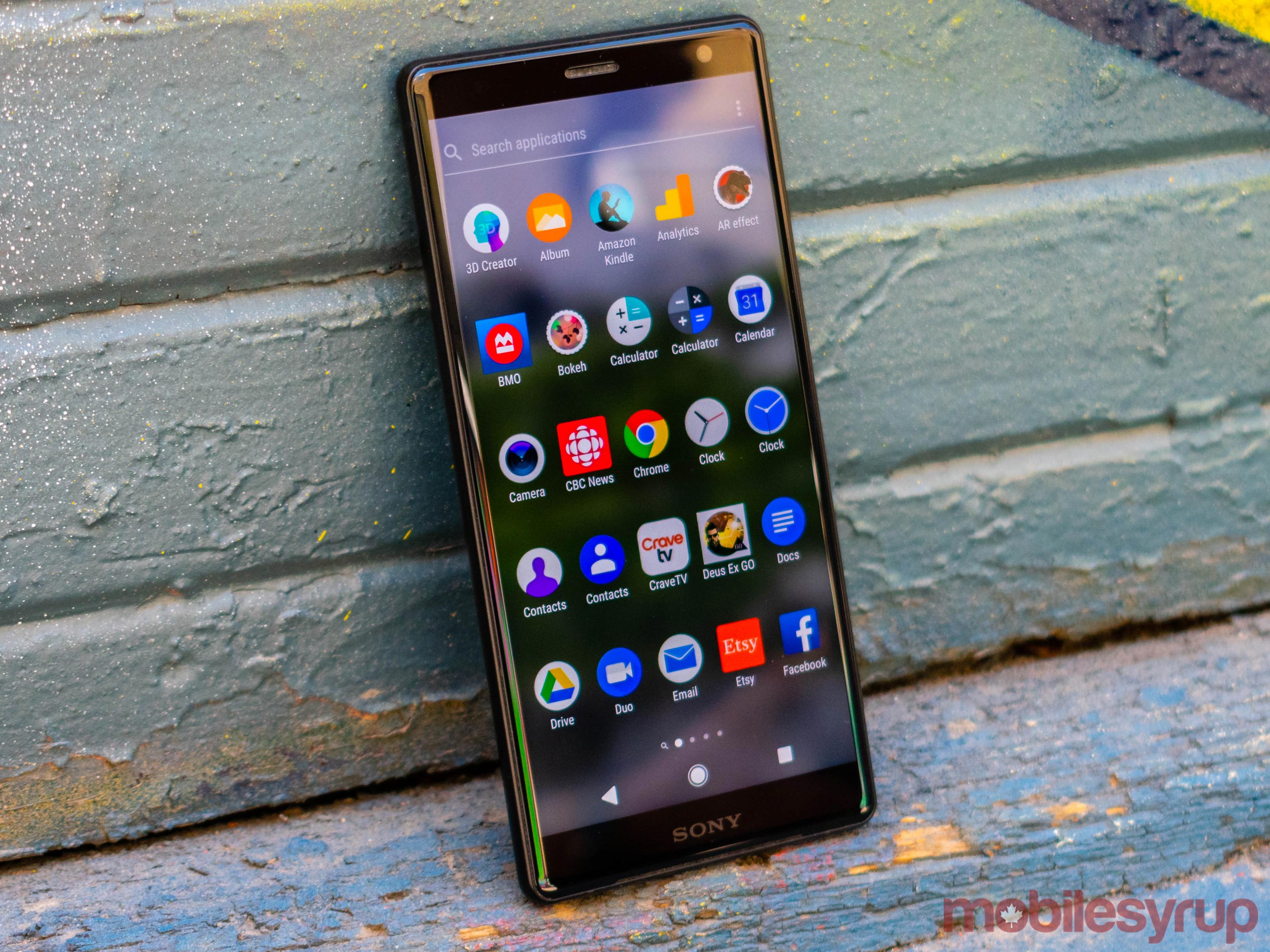
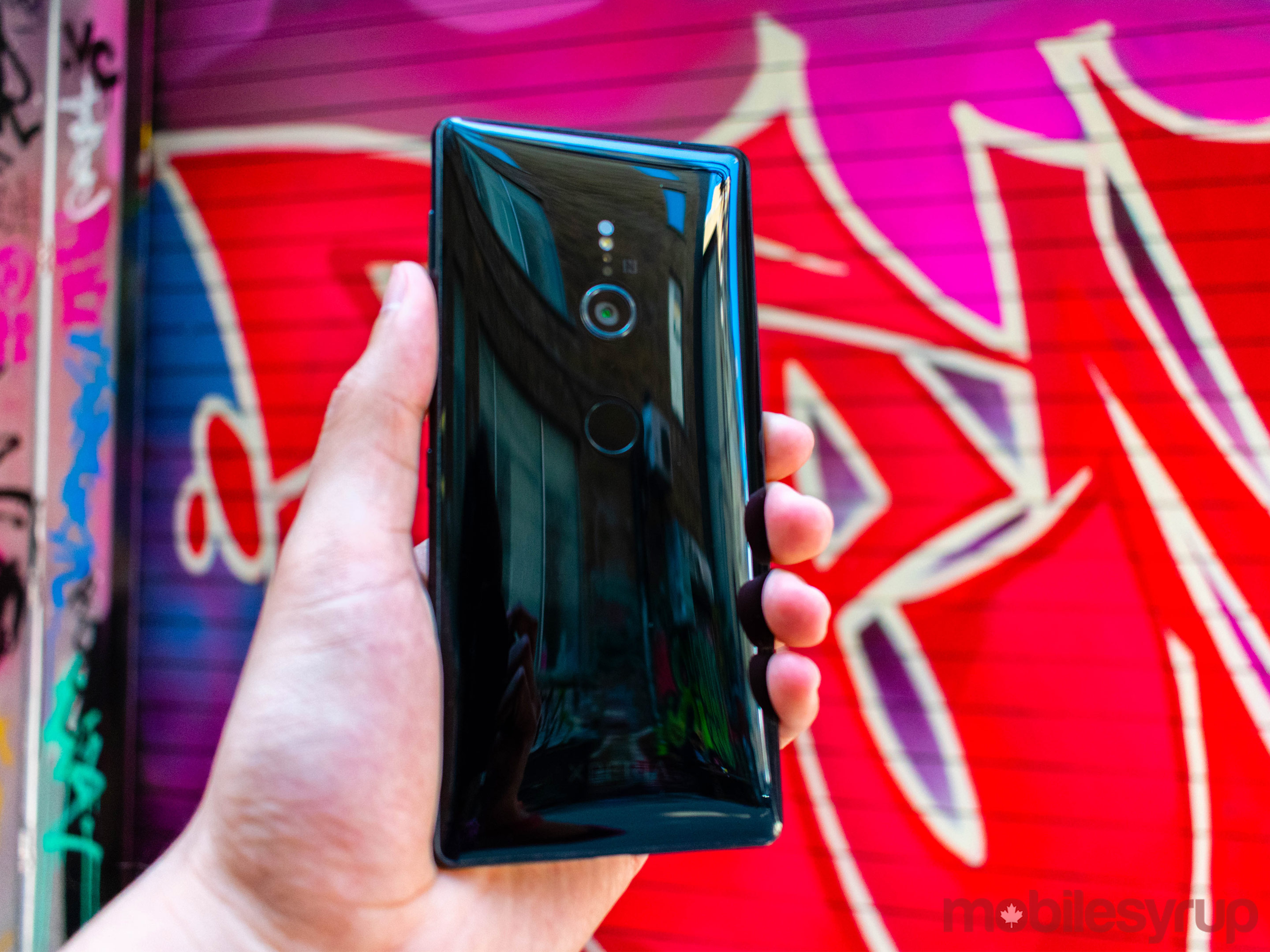
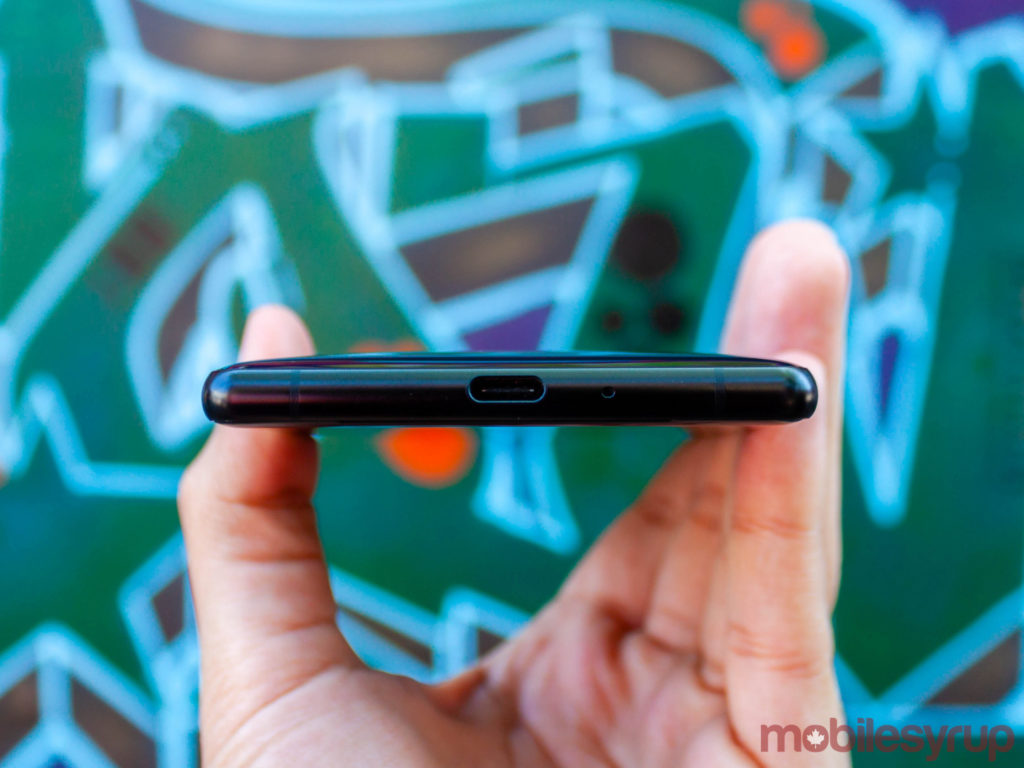
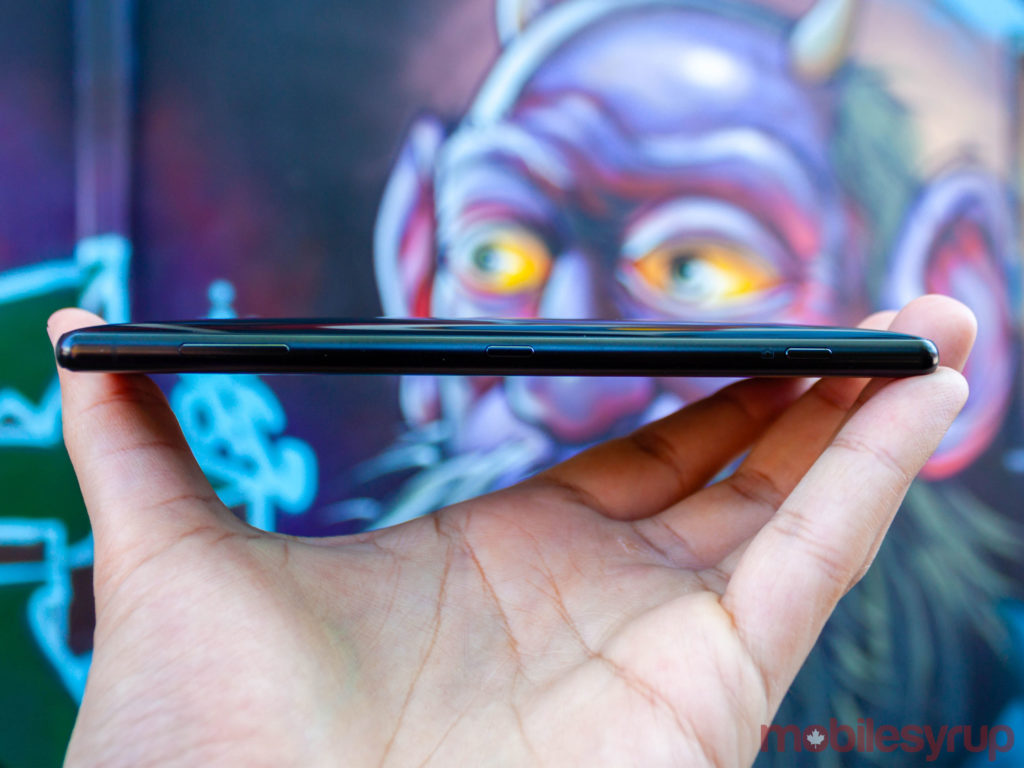
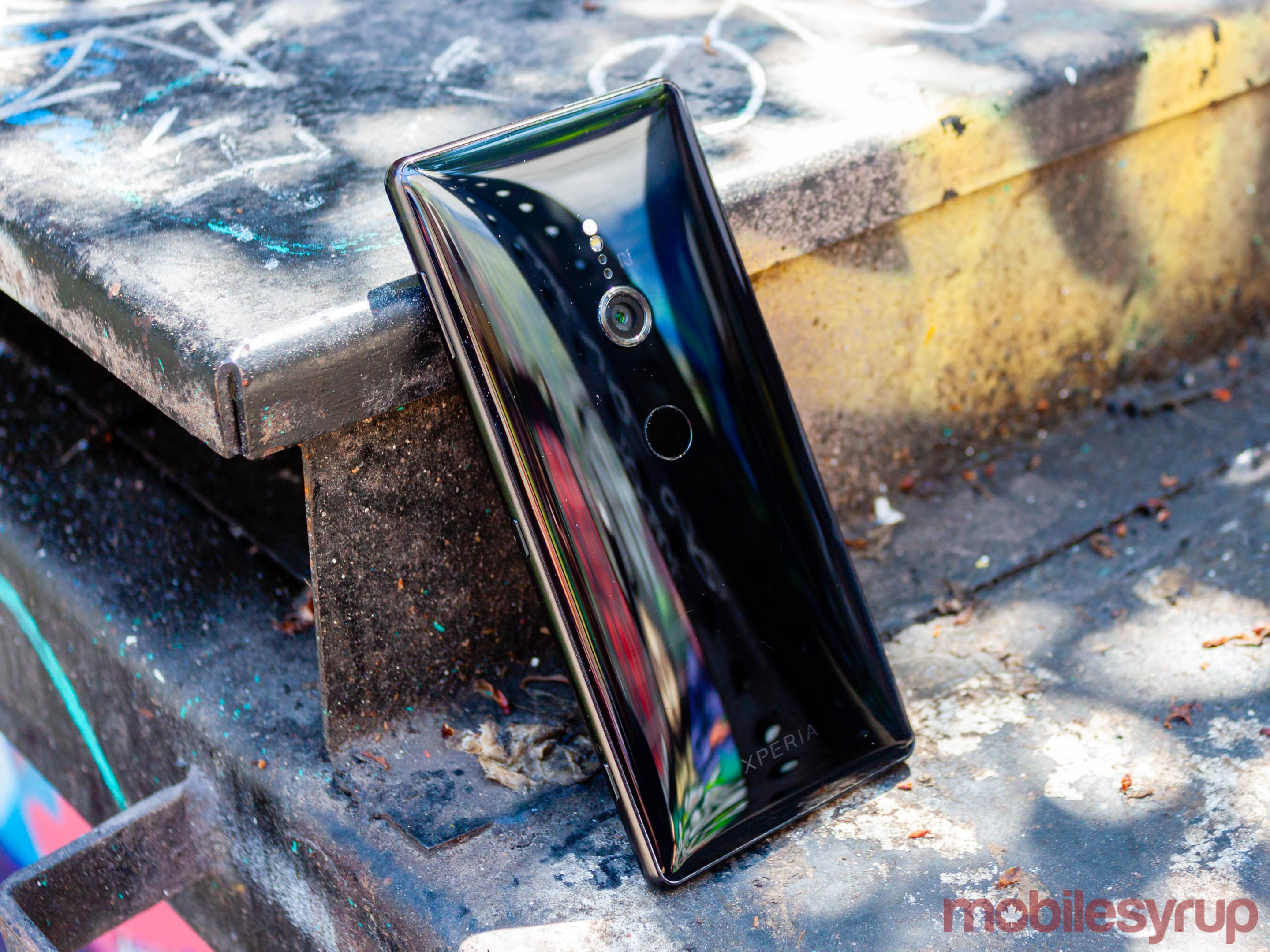
Multimedia, performance powerhouse for the modern palate
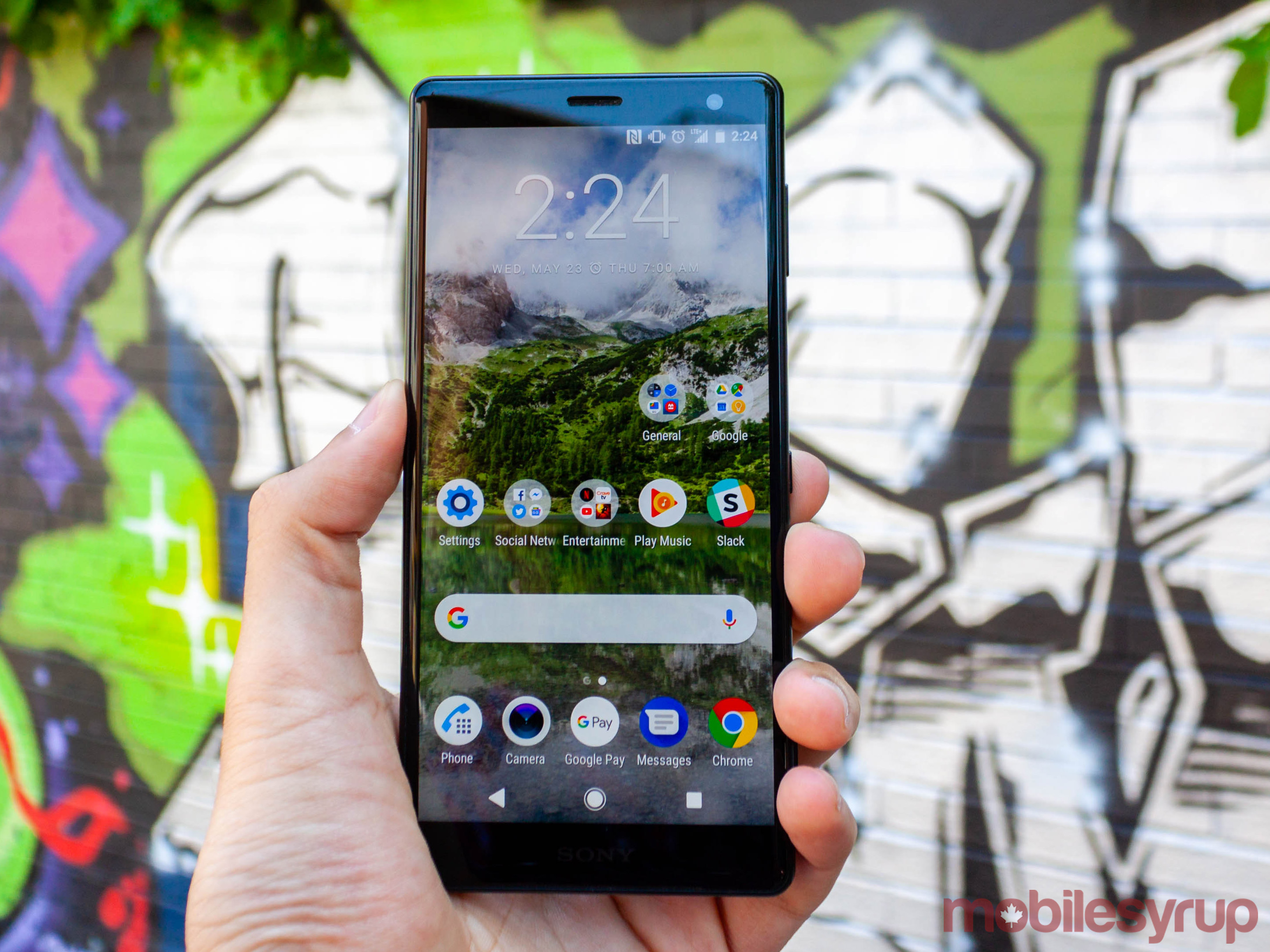
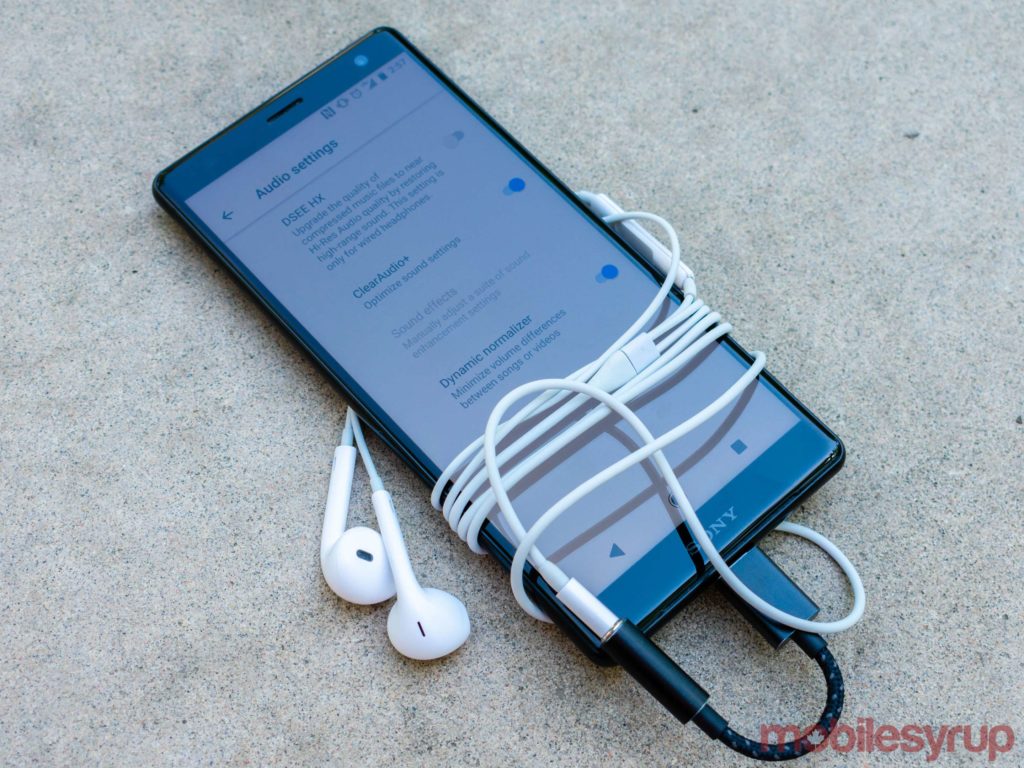
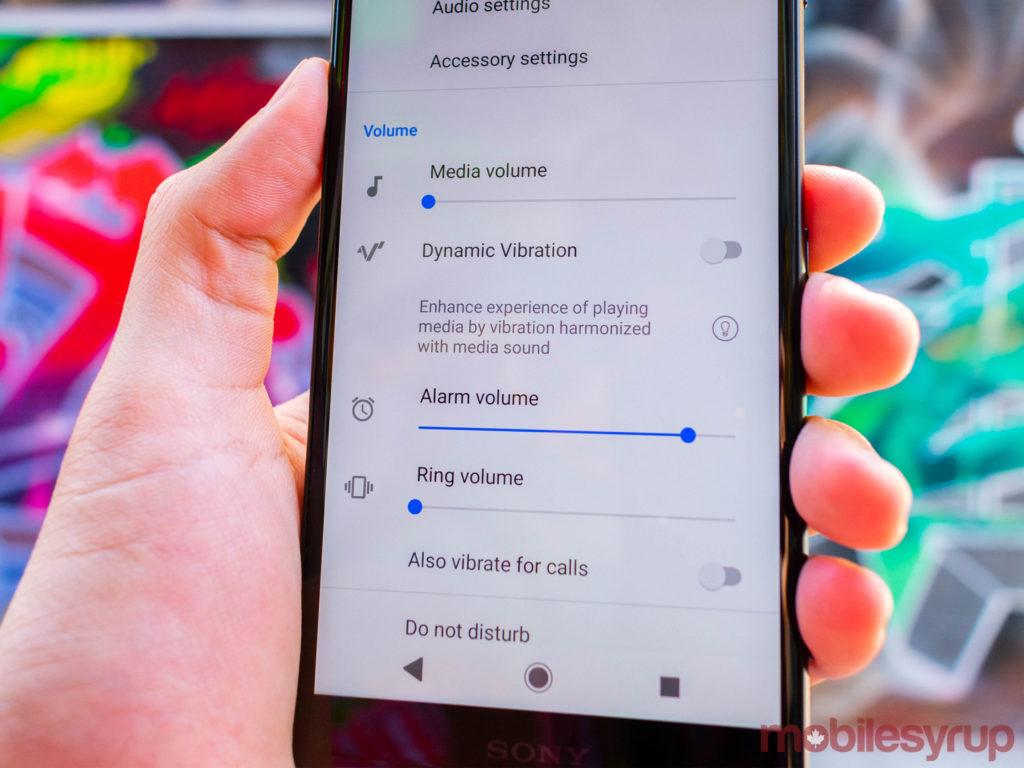
A camera that deserves a second shot
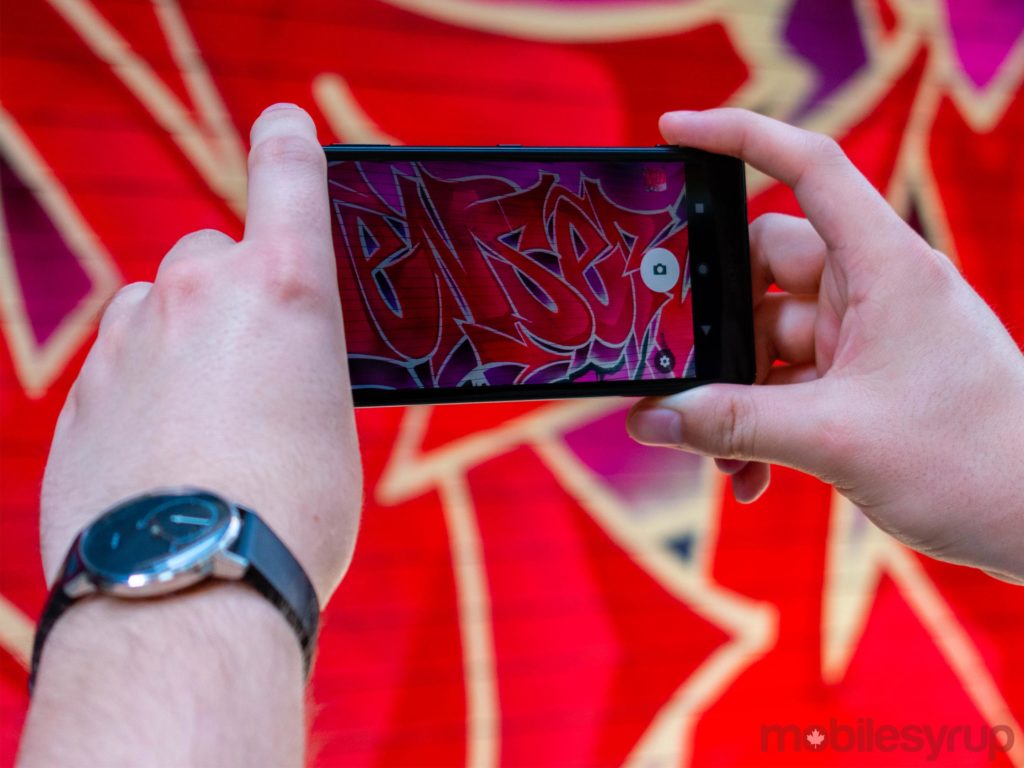
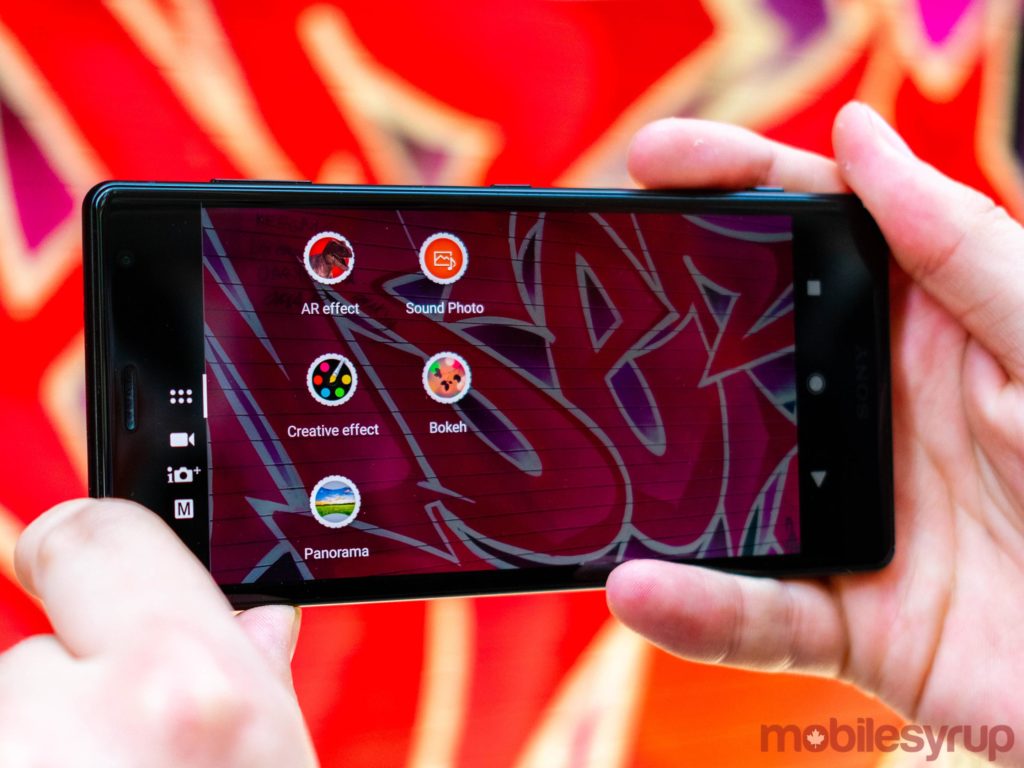
Don’t worry about the kitchen sink
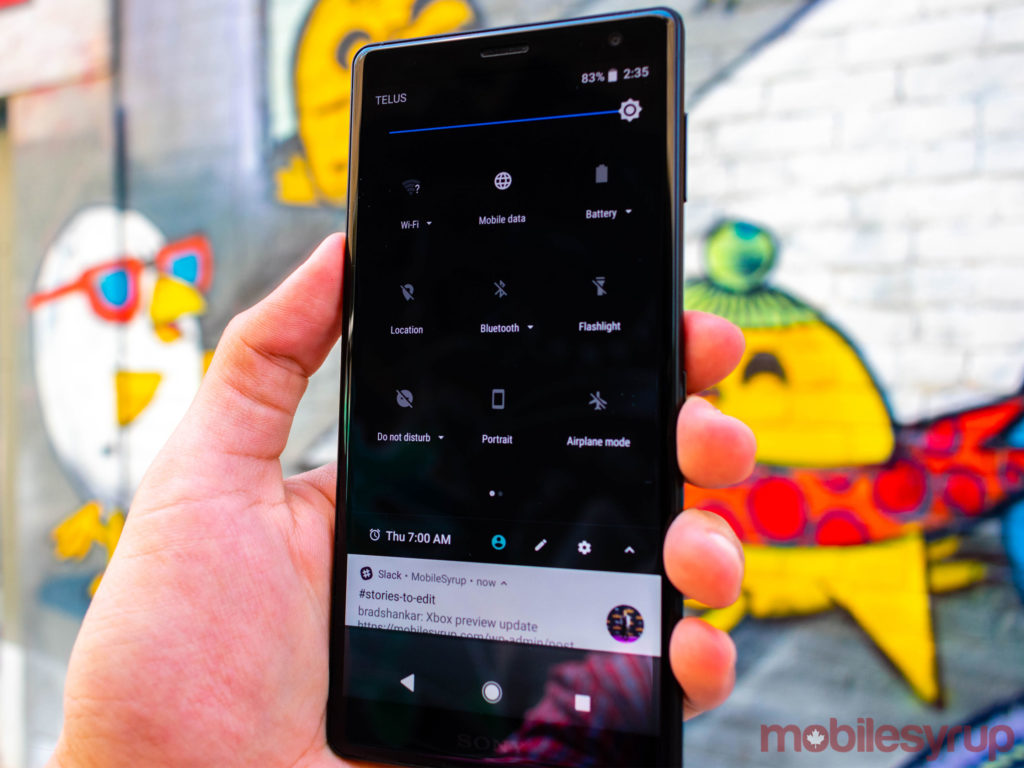
Comparisons to a compact sibling and contemporary competitors
A more than capable smartphone competing in a sea of capable smartphones
Sony’s Xperia XZ2 is an extremely capable smartphone in a world full of capable smartphones. It’s beautiful screen, bold design, powerful performance, long-lasting battery and admittedly impressive camera make it one of the most recommendable devices today.
However, it’s also a smartphone competing with some of the best Android devices that have ever been available. When compared to its premium-tier Android peers, it’s tough to say that the XZ2 is competition.
"Quite possibly the best smartphone ever released by Sony."
MobileSyrup may earn a commission from purchases made via our links, which helps fund the journalism we provide free on our website. These links do not influence our editorial content. Support us here.

